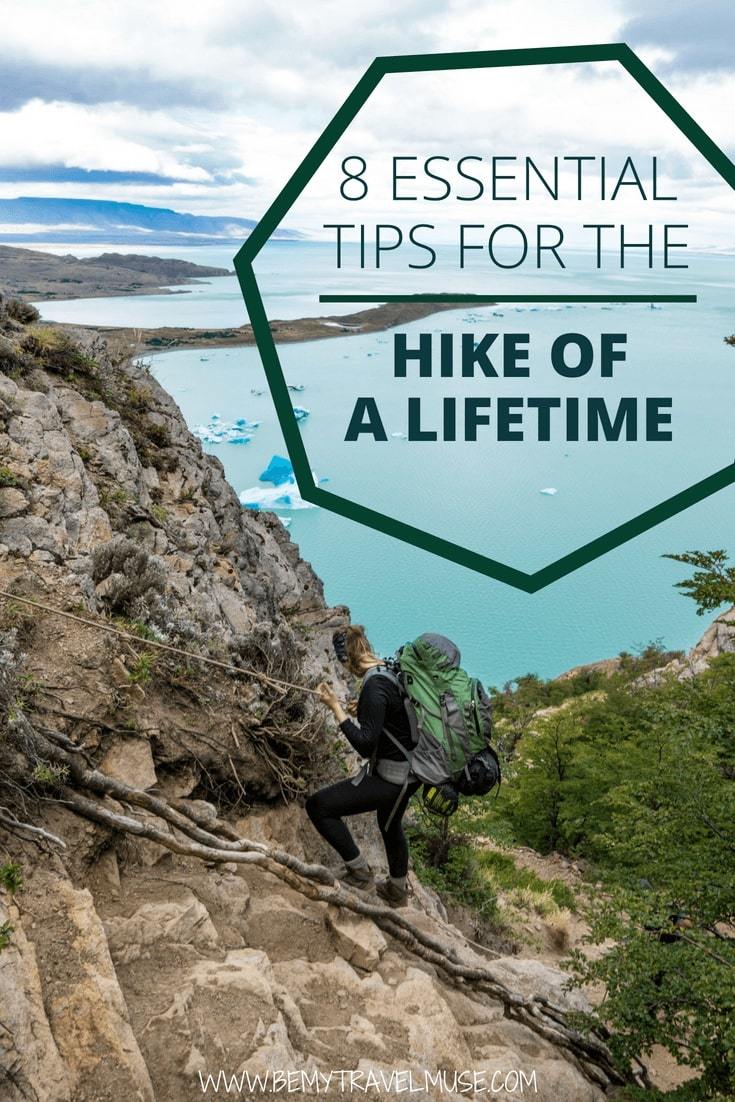
I remember back in college when a few friends of mine took up backpacking. I thought it sounded impossible and absolutely nuts. Who the heck wants to carry a 40 pound pack up a mountain?!
Back then I had never even camped. Flash forward to this week and I just led a group of 12 adventurous women on an eight day backcountry backpacking adventure in Alaska – off-trail and off the grid. My, how times have changed!
What I didn’t know back then is how incredibly freeing backpacking is. Yes, you have a heavy pack on, but the incredible part is you’re carrying everything from your shelter to your food in it and each day you can just pack up and move on. It’s like getting back to the roots of our nomadic forefathers (can I use foremothers here?).
There’s something wonderful about not seeing any kind of human structure or life for a full week. There’s something equally wonderful about laying in the dirt and not caring about it one bit. It feels so connected to nature again. Seeing sights that you can only see if you carry yourself there by foot.
But this isn’t a post about selling you on backpacking. You’re already here, aren’t you? This is a post full of backpacking tips to help make your journey easier:
1. Most important backpacking tip: Train!
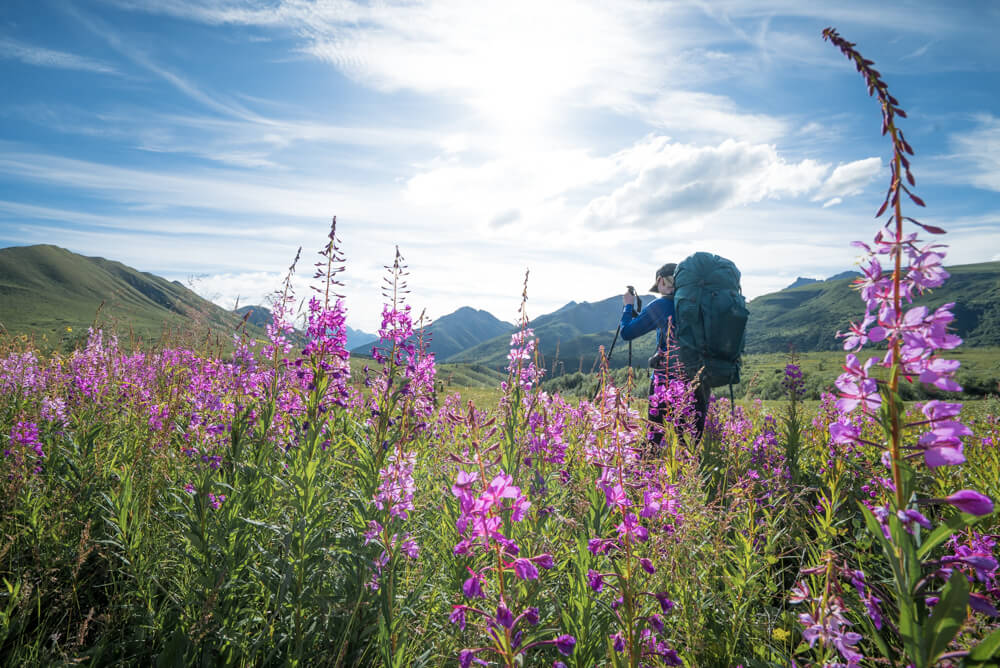
If you’ve never backpacked before, or even if you have, it’s imperative that you train prior to jumping right into a weeklong, or even shorter, backpacking trip.
The best way to train for any sport is to actually do that sport. I recommend using the backpack that you’re going to be wearing on your actual backpacking trip and doing some day hikes. Put weight in the bag so that you can figure out where you want the straps to be resting on your body as well.
Though nothing can prepare you for hiking as well as hiking can, getting on the elliptical or the stair climber in the gym or any other kind of endurance training can only help you as well.
Don’t forget about your upper body, either. Strengthening your back and shoulder muscles will help as well when it comes time to put on the pack – it’s a heavyweight after all. I love Pilates for this.
2. Find a backpack that fits you right
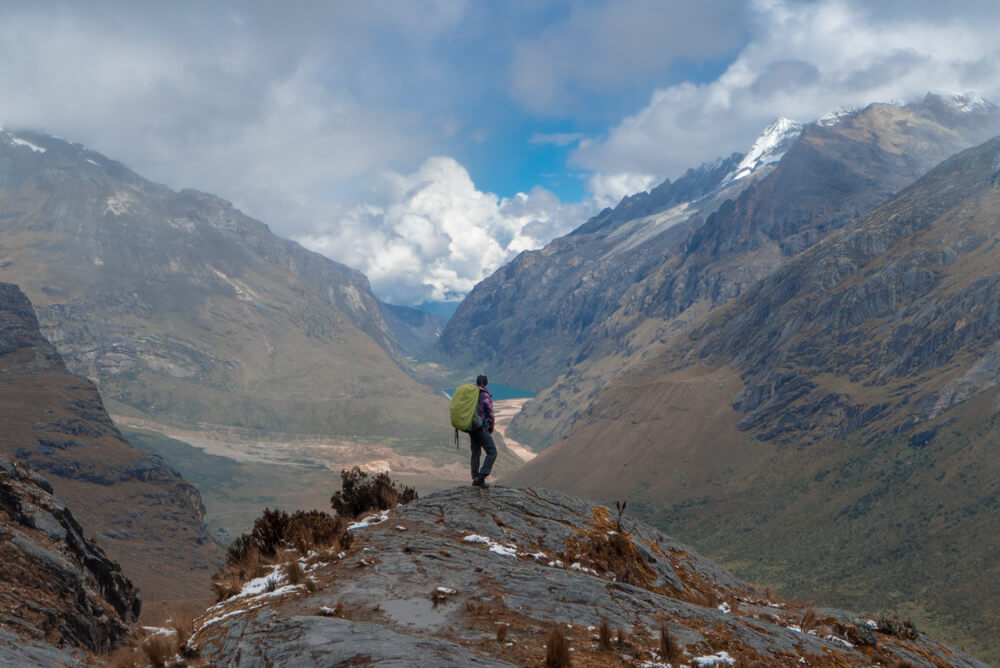
The most important thing about a backpack is that it feels good when it has weight in it. You can only know this for sure by testing out different packs and wearing them with weight around your home or the store you’re trying them on in.
The best method is to go to a shop and try them on in person. The second best is to buy a few online and send back the ones that don’t fit as well. I have a ranking here of some of the best women’s backpacks on the market to help get you started.
3. Get the right gear
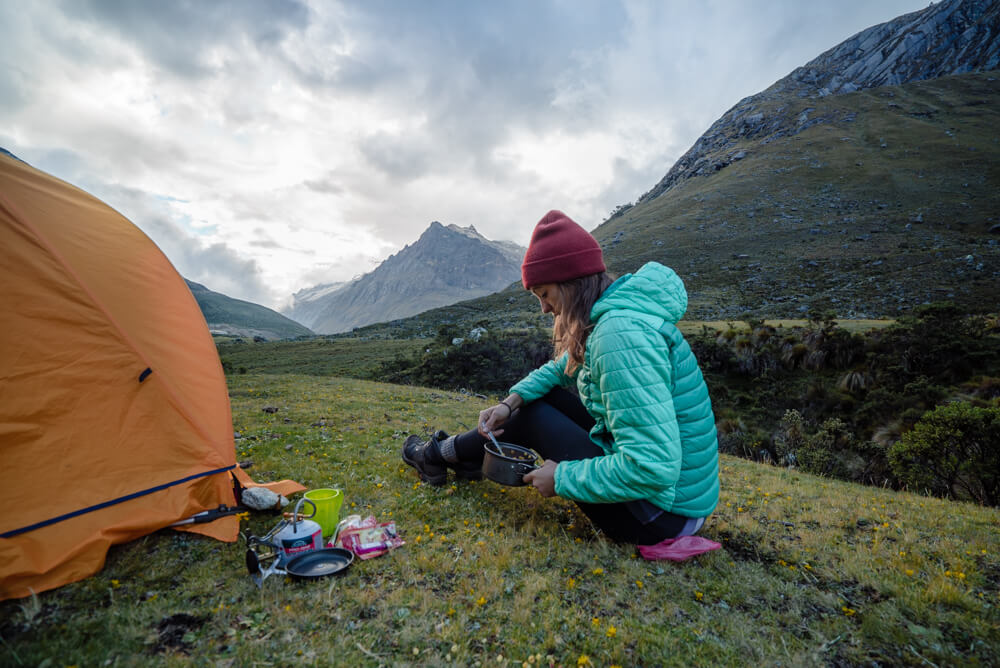
Ultralight backpacking gear tends to be expensive, but you want to shave off every ounce where possible, so I recommend springing for it, or renting it if you’re not sure you’ll use it again.
This means getting a super lightweight tent and putting as many people in it as possible. Typical three-man tents can probably fit four, and a two-man can probably fit three. If you’re going in a big group and it’s your first time, get cozy! That way you can all carry a different part of the tent and split up the weight.
I also recommend a very lightweight sleeping bag. I recommend overdoing it rather than underdoing it as far as the comfort temperature goes. One of the worst things is to be unable to sleep because you’re too cold. Sleeping bag liners and filling up a Nalgene bottle with hot water also help.
I have a full backpacking packing list here to help you out with recommendations for the products that I use and love.
4. Bring meals that pack a lot of calories for their weight
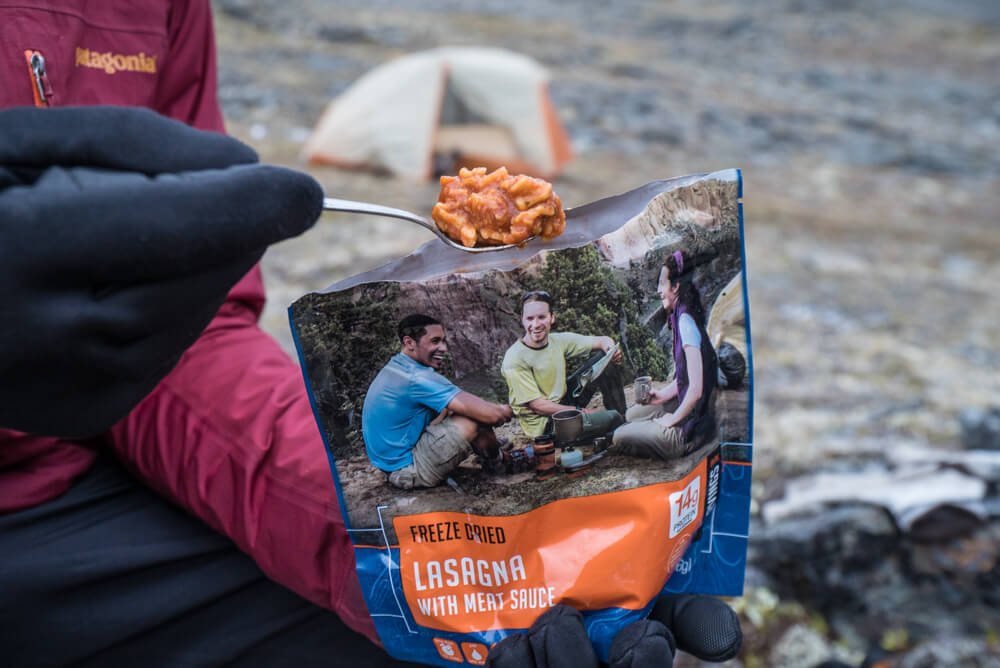
Food is going to be one of the heaviest parts of your pack, if not the heaviest in the beginning. In general, I try to bring food that can be rehydrated If I know I’m on a trail where I can refill water often. So far that’s always been the strategy that works for me, but in the desert it will be different.
I’m a big fan of oatmeal in the mornings, power and protein bars that give me a lot of energy and calories for their weight throughout the day, fruit and nuts for lunch for the same reason, and either pasta with powdered soup for sauce, instant mashed potatoes, or instant backpack or meals for dinner. Here’s a ranking of some of my favorites – Prepare to laugh!
5. Choose a hike suited to your abilities
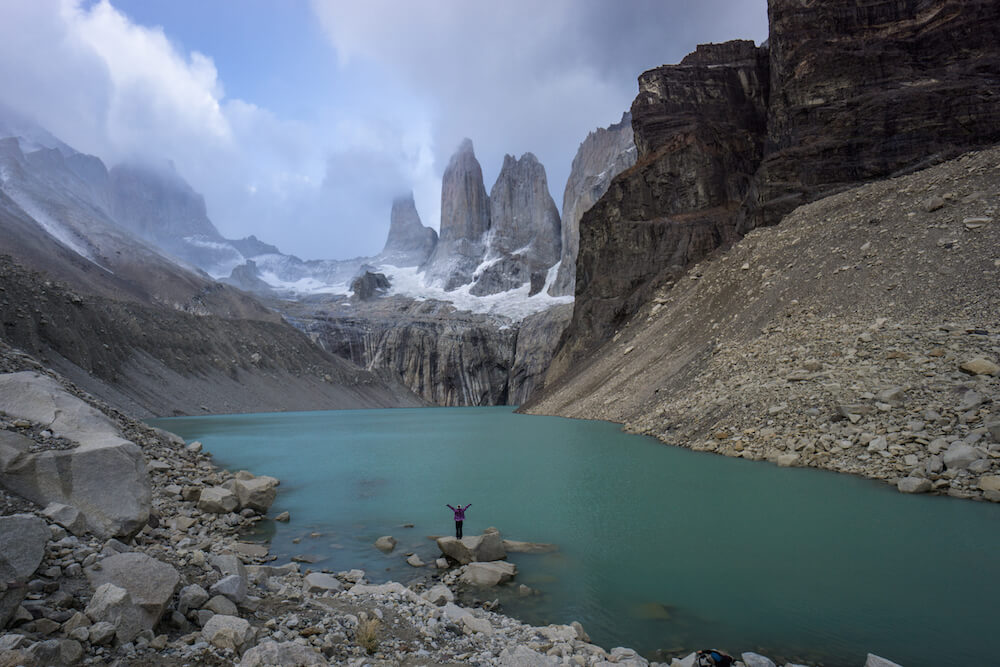
If you don’t already know which hike you’re going to start with, try to choose one that isn’t super difficult or at an incredibly high elevation to begin with. For example, I might start with a four day or even an overnight backpacking trip before I jump headfirst into a whole week.
Many backpacking routes are circuits that can be done with different entry and exit points or in different directions. Try to make the easy part the beginning when your pack is the heaviest. The first couple days can be tough because of the weight and also just getting used to the rhythm of backpacking, so try not to give yourself the biggest challenges right in the beginning.
For some inspiration, I have a list of 20 of the best hikes in the world to spark your wanderlust.
6. Resist going alone, And sign in to trail registrars and national park offices
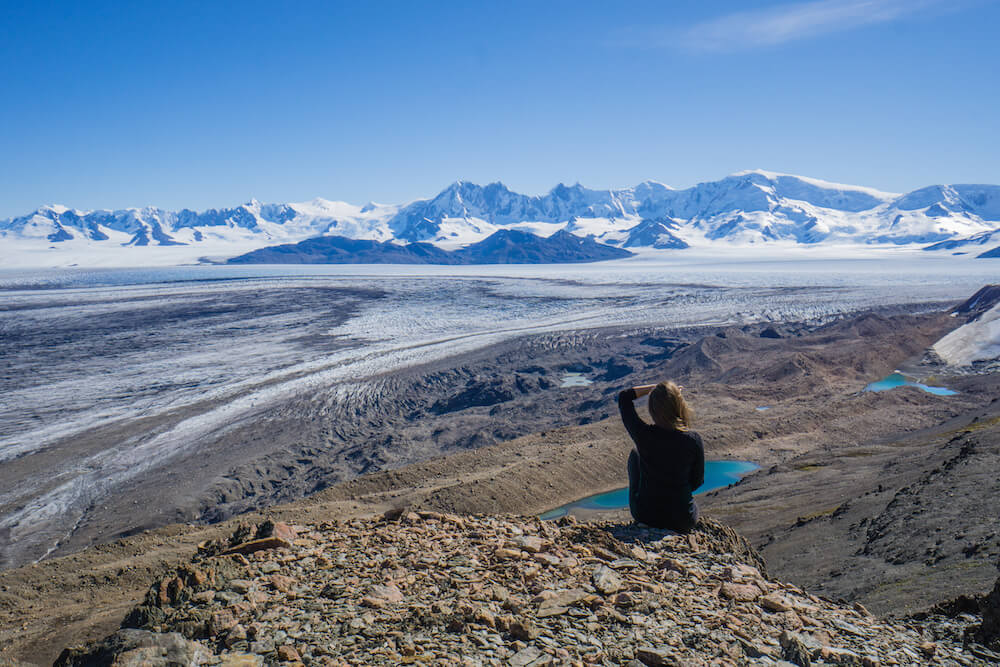
Though I have solo backpacked previously, it was after I had a fair bit of experience and it was on a trail where I knew I would meet others. True to my plan, I met people on day one to complete the hike with.
Backpacking solo can be dangerous. If you have an emergency, there could be no one around to help you. Consider going with a group, especially if you’re going to be off trail in the backcountry, like in Alaska.
If it’s your first time backpacking, you’re also going to want to be with other people in case you forget something essential or something like a stove doesn’t work. It’s important to have a back up.
Also make sure that someone knows where you are. Always have a map with you so that you can orient yourself, and consider taking a satellite phone as well.
7. The Leave No Trace principles
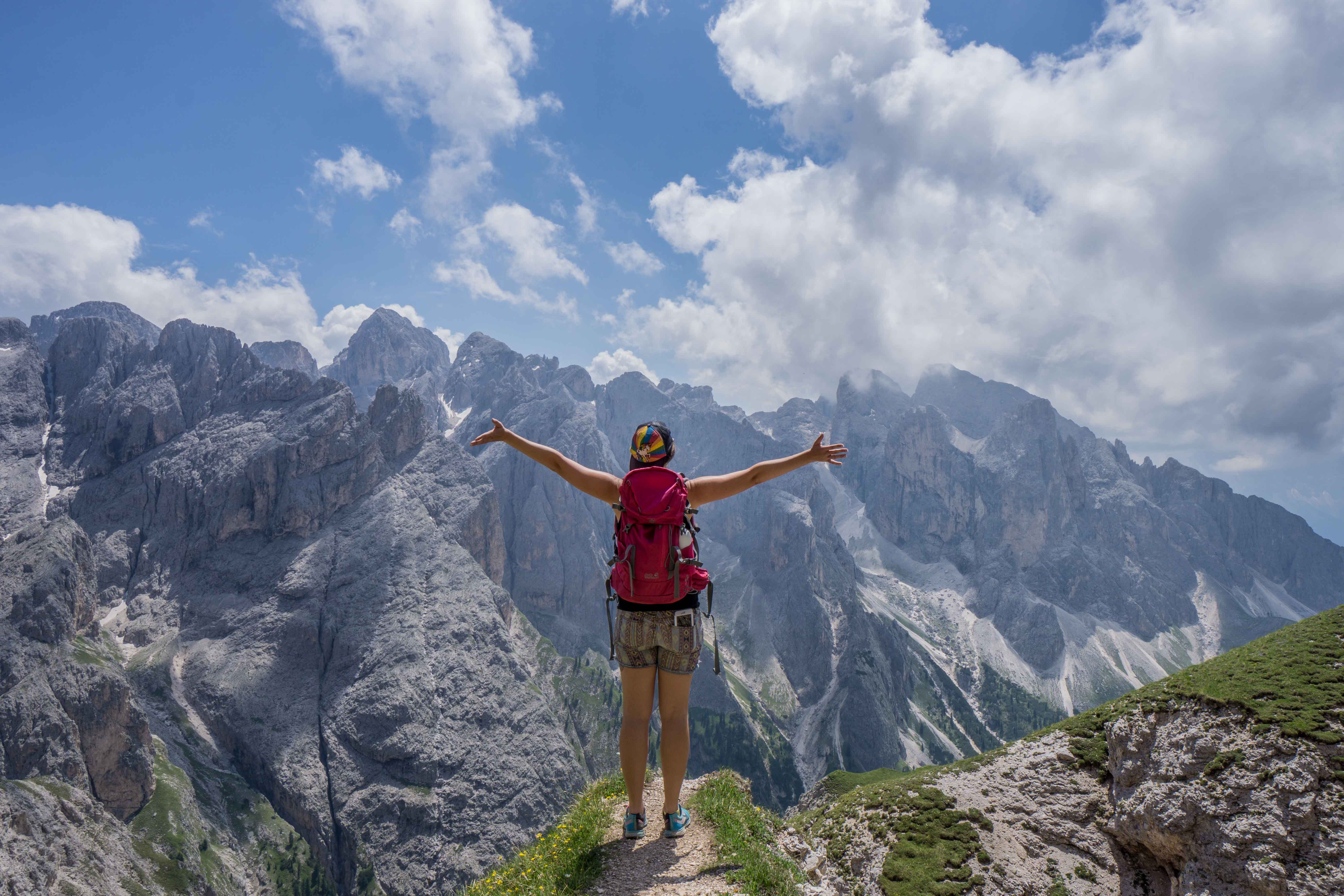
In order to preserve nature for everyone else, the following Leave No Trace principles are essential for backpackers:
- Use the bathroom at least 100 yards/100 m away from any water source.
- Please pack out your toilet paper. I like to add colorful duct tape to the outside of a ziplock bag and put my tissue in there. That way I don’t have to look at it and the bag is reinforced.
- Don’t wash dishes or dirty laundry directly in a river, collect the water and walk 100 m away to do your washing. Also, don’t bring soap to the backcountry. Water and a natural sponge will do the trick.
- The same goes for your face, body, and hair. Please don’t use soap in rivers. In places with pure glacial water, I would advise you don’t get in the water at all. It’s some of the purest on earth and if people at the camps next to the source don’t bathe or swim in the water, it’s usable for everyone down below.
- Picking up and throwing rocks, taking things out of nature, and leaving any kind of trash including uneaten food all leave a trace. Either eat or pack out everything you bring with you.
8. Embrace nature
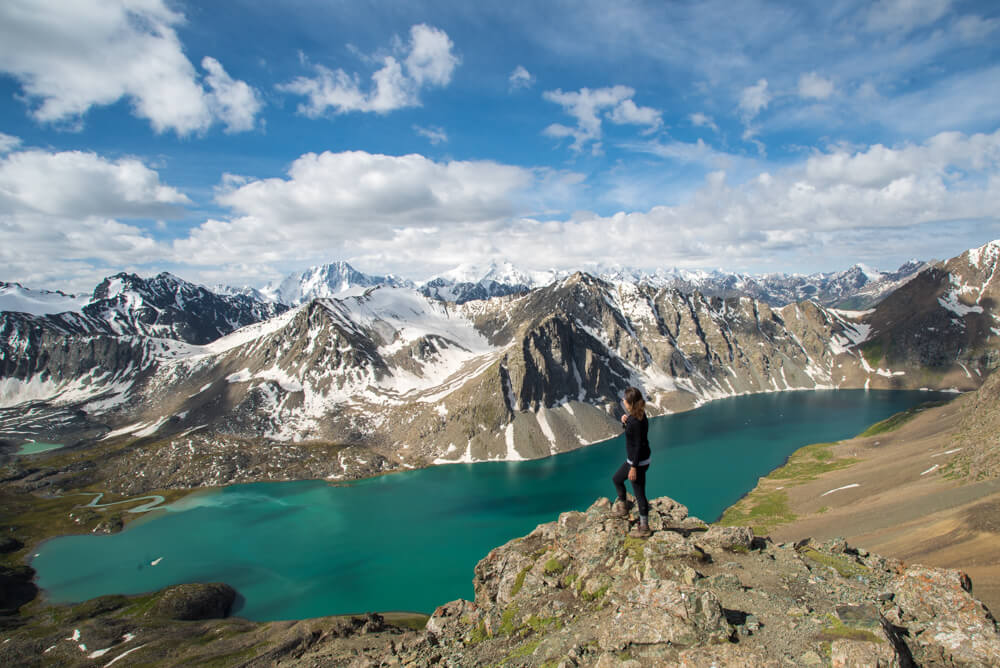
First-time backpackers are often surprised that common practice is to carry just two pairs of clothes, one to sleep in and one to hike in. Apart from 4 to 5 pairs of socks and underwear for each day of the trip, I don’t bring anything extra to wear. That may seem gross, but the truth is if you can’t shower while on the trail, there’s no point in bringing clothes that will just get sweaty and gross within the first five minutes of hiking. It adds extra weight for no real benefit.
That brings me to deodorant. I don’t bring it either. It’s useless after day two! I do like to bring essential wipes which are dry and hydrate with water, are covered in essential oils which I can use for my face and body, and which dry quickly and can easily be packed back out.
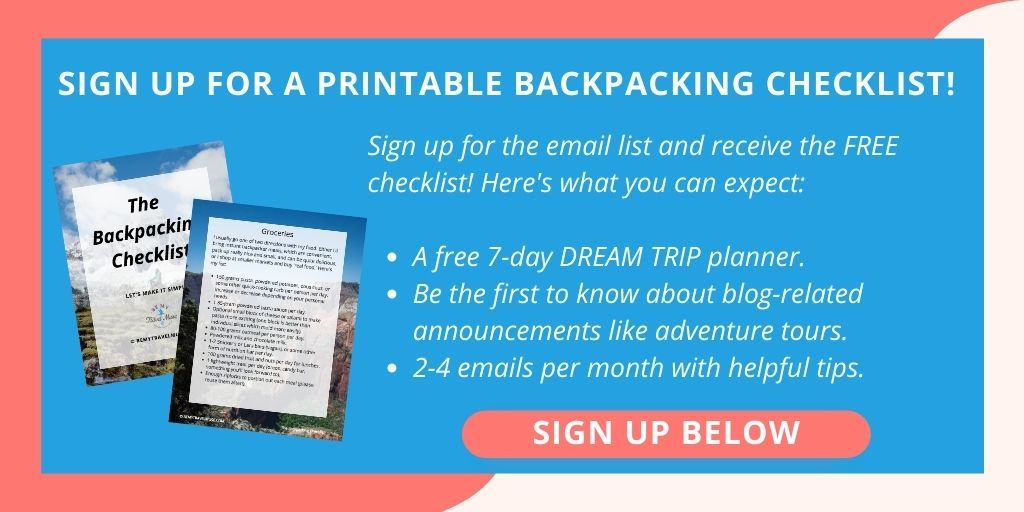
Finally, take lots of pictures and enjoy! Backpacking is one of the most freeing and beautiful activities ever discovered, and I hope these backpacking tips helped you to prepare more for your journey.
Have any tips to add? Let us know in the comments below!
GG says
Thanks for the great tips as usual. I really have learned through you that solo traveling is not about being alone, it is about treating yourself to an adventure on your own terms and meeting others taking a similar journey. When your journeys no longer parallel, you both move on and it repeats and before you know it you have made so many friends and interacted with so many others and maybe even cross paths again in the same manner. In this case, the hikes in Alaska need to be done not in isolation/alone but with a buddy or in the worst case, contactable and reachable. I think it is so important for everyone considering solo travel, no matter the age, gender, etc. should understand this and I love how you are so good at explaining it and how you are safe about things. Plus as I always say, kudos for thinking about the environment, preserving those pure glacial water bodies and leaving things they way they looked when you got there.
The Alaska guide is really cool with amazing photos. Can’t wait to hear more about your Tonga adventures with humpbacks!
Matthias Verstrynge says
That Torres Del Paine photo in Chile 😮 !
Thanks for the great tips, very usefull for our upcoming hikes in Scotland!
Kristin says
Wow that’ll be so beautiful. Have fun!
Tim Scott says
These are helpful tips Kristin! Thanks for sharing. I was actually planning to go by foot on Brazilian mountains however, this pandemic made me change plans. When this is all over, this is the first thing I will do to conquer the Brazilian mountains!
Kristin says
Sounds amazing!
Kids Hiking Backpack says
I am also thinking to go hiking with my friends. I don’t have any idea about backpacking. That’s why I am looking for a few good pieces of content and I got everything in your blog. Thanks